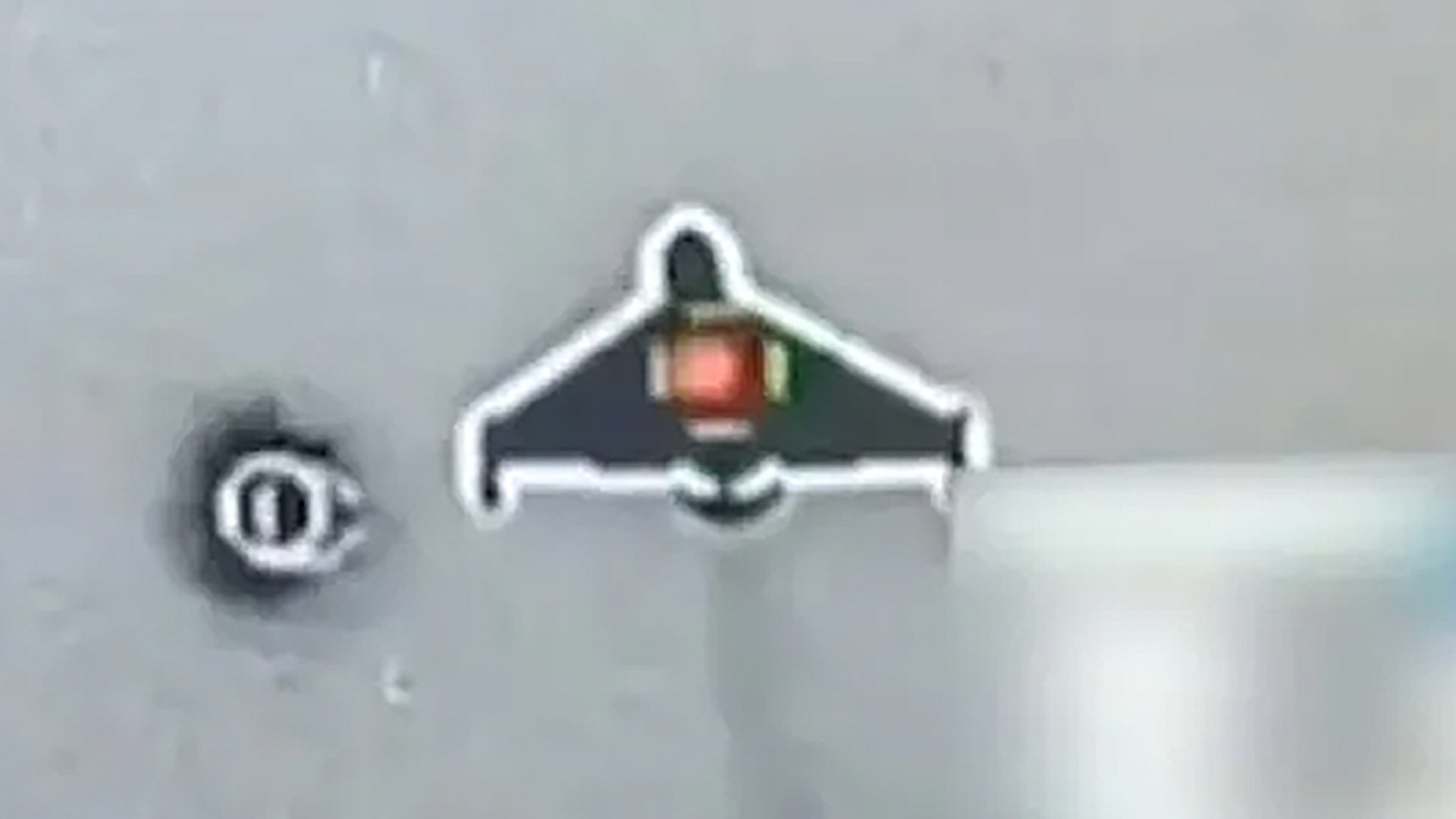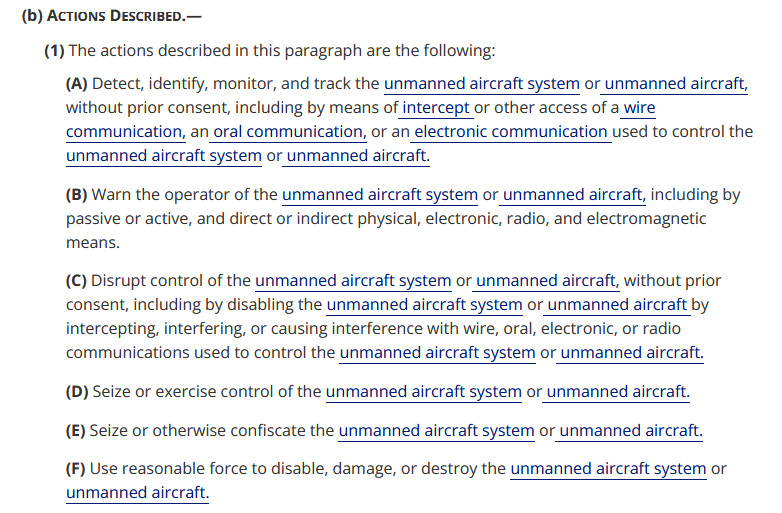That individual also acknowledged that
the counter-drone capabilities that can be employed in a conflict zone are very different from the ones that would be usable, at least under current authorities, domestically within the United States. The aforementioned drone incidents in the United Kingdom have highlighted how similar rules and regulations are at play when it comes to domestic drone defense in other countries.
At a counter-drone demonstration event called Falcon Peak 2025 in October, U.S. Northern Command (NORTHCOM) Deputy Test Director Jason Mayes
explicitly told The War Zone and others tha
t kinetic and directed energy capabilities are not currently on the table for defending military bases and other critical infrastructure within the U.S. homeland. A mix of often convoluted legal, regulatory, and other challenges are central to all of this, as you can read more about
here.
“The homeland is a very different environment in that we have a lot of hobbyist drones here that are no threat at all, that are sort of congesting the environment. At the same time, we have, from a statutory perspective and from an intelligence perspective, quite rightly, [a] more constrained environment in terms of our ability to act,” a third senior U.S. official on today’s call elaborated. “When we think about the [new counter-drone] strategy, … it’s really trying to make sure that
we are making a conscious effort to mitigate the threat in the homeland today, and the unique ways in which it manifests in the homeland,
but also looking forward in time.”
“And so, we’re doing things like making sure that our people have the right training. So it’s not just about the equipment, but it’s about are we organizing and training the way that we need to ensure that our commanders on the ground understand how to make a great risk calculus in the homeland for the unique risks that we have here,” they continued. “We have a lot of installations that are in … areas where we have to be very careful about collateral effects. And do we have the organization that we need to be able to rapidly respond, given the capabilities that we’re building today and [that] we’ll continue to build to meet the threat of all for the future?”
That official used the drone incursions over Langley Air Force Base last year as a specific of
what the new counter-drone strategy, as well as NORTHCOM’s new synchronizer role, are meant to address.
“What we had before this was … a not necessarily in the operational chain ability to talk to each other, to find out who had what systems that might be able to be brought to bear,” they explained. “And so I think that would be a huge … new organizational ability to be able to drive action.”
“As time moves on, we will have more standardized, coordinated education and training so that commanders will all have a baseline knowledge of what their authorities are and how they’re able to engage,” they added. “It’s also going to mean that for facilities that may not currently be covered by 130(i), but are eligible, that we’re going to have somebody who’s really looking to make sure everyone’s getting covered.”
“130(i)” here refers to
that subsection of Title 10 of the U.S. Code (10 USC 130i), which covers current authorities for the “protection of certain facilities and assets from unmanned aircraft,” including through the use of kinetic and non-kinetic capabilities. It contains a number of specific stipulations and where and when those authorities can actually be employed, which you can read more about
here.
A full list of the kinds of “action” authorized under 10 USC 130i.
Cornell Law School
The strategy notably does not explicitly call for an expansion to 130(i) or ask for any other new authorities. Members of Congress have been separately pushing to expand the authorities available to the U.S. military and other government agencies to tackle drone threats, particularly within the U.S. homeland.
“I think our view is that we are using those authorities to their fullest, but we’re working to improve the collaboration that we have with our interagency partners,” one of the senior U.S. officials said today. “That’s an important part of how those authorities are [employed].”
In the U.S. homeland context, even incidents that occur in relatively confined areas can easily span multiple federal, state, local, and other law
enforcement jurisdictions outside of the purview of the Department of Defense. There is also the potential for an international component, especially in instances that involve the U.S.-Canadian
North American Aerospace Defense Command (NORAD).


















